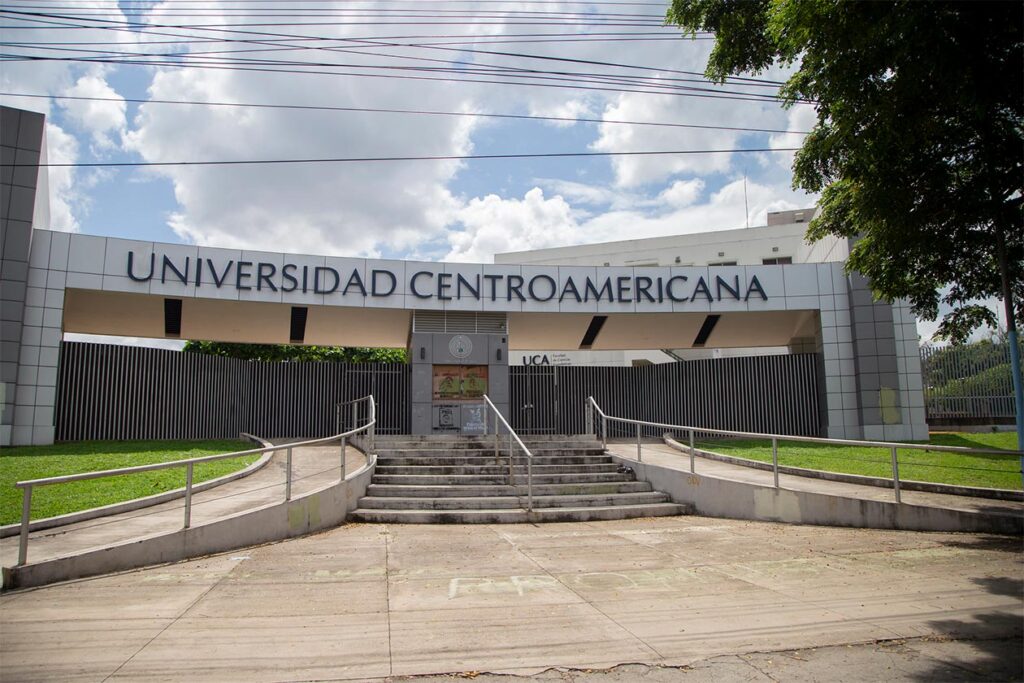The Argentine Government, through the Argentine Nucleoelectric Company (NASA), is negotiating with the Republic of China the financing of 100% of the construction of the fourth nuclear power plant in the Buenos Aires city of Lima, which will require an investment of US$ 8,300 million, and whose final contract is expected to be signed before the end of the year to begin work in early 2023.
On February 1, Nucleoeléctrica Argentina and the Chinese National Nuclear Corporation (CNNC) signed the framework contract for the construction of Atucha IIIa Hualong technology reactor, which will offer the system 1,200 MW and an initial useful life of 60 years, which will be installed in the Nuclear Complex, on land adjoining the one used by the Atucha I and Atucha II plants.
From that initial contract, Nucleoelectrica and CNNC advance in a dozen negotiation pointsamong which the closing of the financing agreement in which China has so far offered to finance 85% of the US$8.3 billion projectwhile Argentina would contribute the rest, that is, about US$1.2 billion.
Jorge Sidelnik, vice president of Nasa -the operator of the three nuclear power plants and which is in charge of the construction of the next two-, explained that due to the magnitude of the work and the current macroeconomic context, the company’s premise is to seek that the Chinese counterpart finances 100% of the expenditure, for which he assured there is “a good reception for the proposal”.

If you can’t make progress in that direction, Argentina explores external financing alternatives that allow progress with this work that could begin early next year, and that would allow the country to incorporate a type of enriched uranium and light water technology that is not currently mastered, since the power plants in operation are based on natural uranium and heavy water.
The project
The work will increase in more than 60% the electrical generation of nuclear originwhich currently represents just over 7% of the total available in the system.
The EPC or turnkey contract provides for the provision of engineering, construction, acquisition, commissioning and delivery of an HPR-1000 type plant, which will use enriched uranium as fuel and light water as coolant and moderator.
The works will require the creation of more than 7,000 jobs during peak construction, 700 permanent jobs for its operation and approximately 40% integration with national suppliers.
“The decision to build a Hualong reactor like Atucha III is backed by more than a decade of work on the Carem project and is part of the Argentine nuclear tradition, in line with the world trend of betting on nuclear energy as a source of clean energy. and safe to combat climate change,” said the manager.

The work will allow the country to join “the group of nations that is carrying out the construction of 52 reactors around the world”, and this Hualong-type plant model will be one of the 12 that the Chinese contractor has in operation and construction in the world.
Starting work in 2023, the work will have an execution period of 99 months and from its start-up, the repayment of the loan will begin based on the sale of the energy generated during the following 12 years.
It is estimated that this type of reactor has a utility projection of 60 years with the possibility of carrying out life extension works for another 20, in principle.

The land for the new power plant is already available adjoining the nuclear complex, a few meters from the Paraná River, but by the end of the year Nucleoeléctrica must complete preliminary tasks to adapt the land
But for the start of work, the steps must be fulfilled within the framework of the country-country treaty to reach the direct award of the project -because it is not a public tender-, and that it was approved by laws of both countries.
The financial contract must also be closed now that the price is known, and another issue is that there has been an agreement on the subject of technology transfer with a specific contract signing. In addition, the environmental study must be ready, submit it to a public hearing according to the regulation of the province of Buenos Aires, have the regulatory presentation and the technical conditions such as soil studies.


















